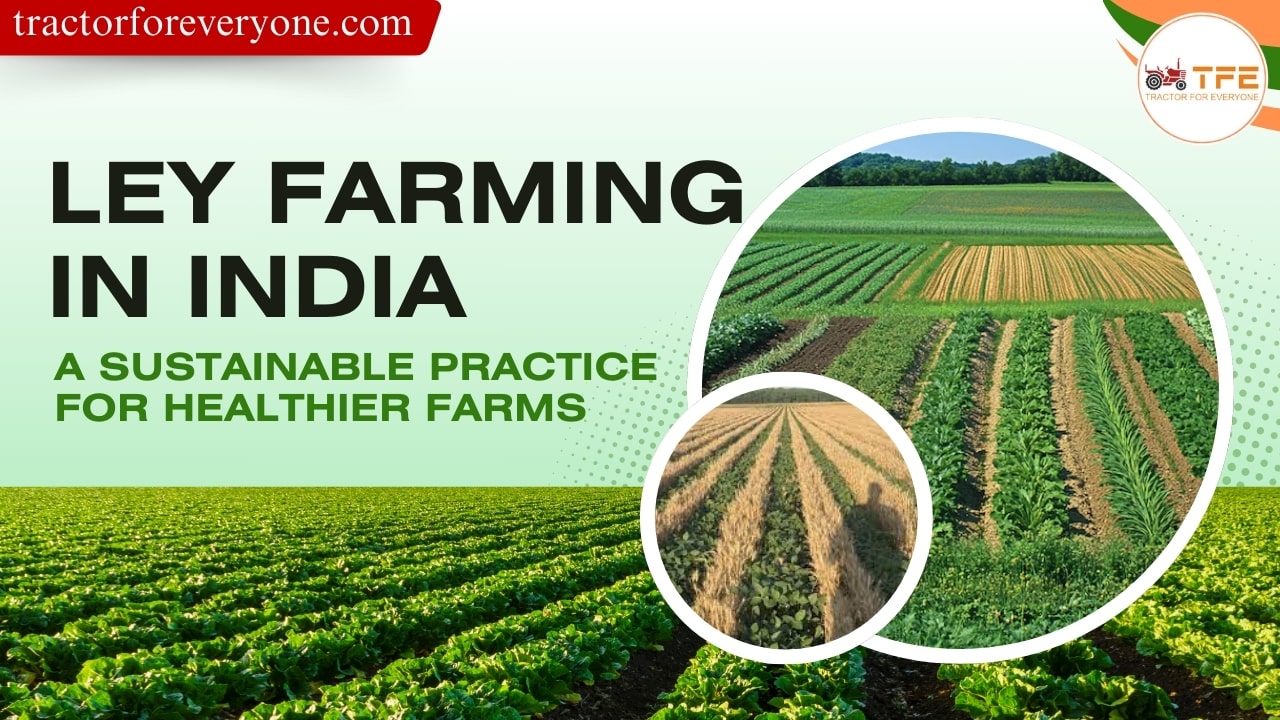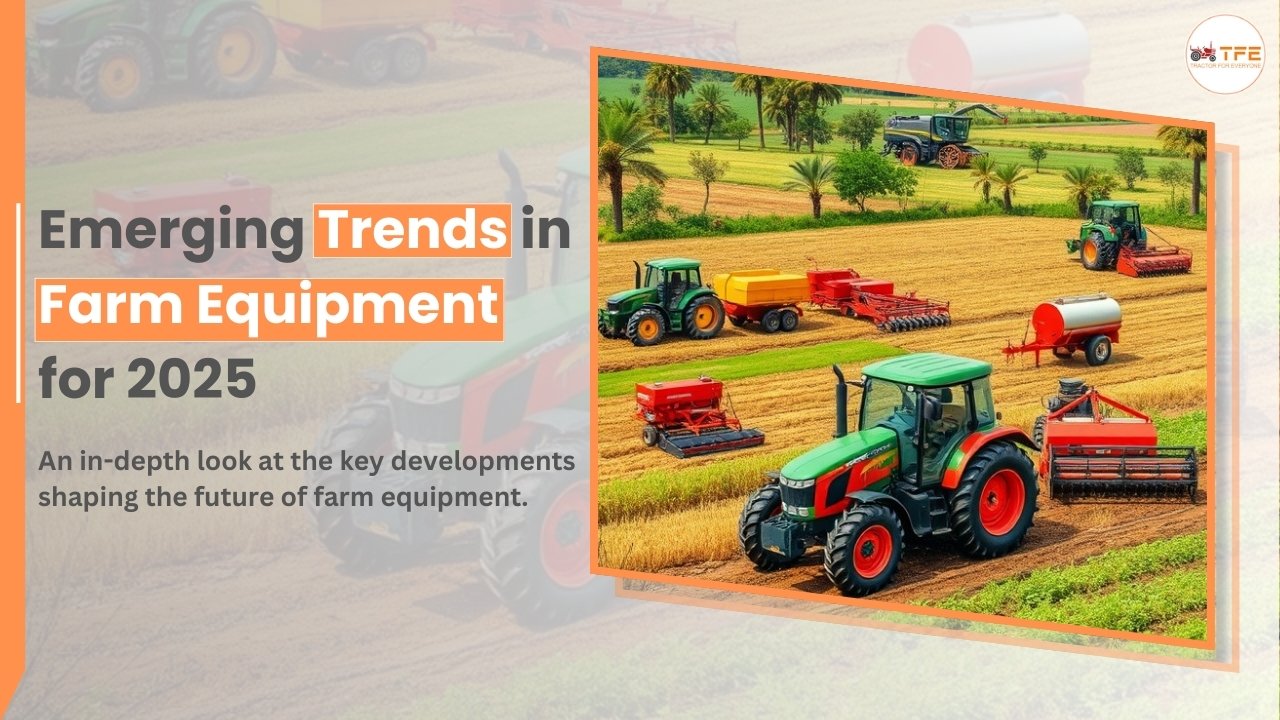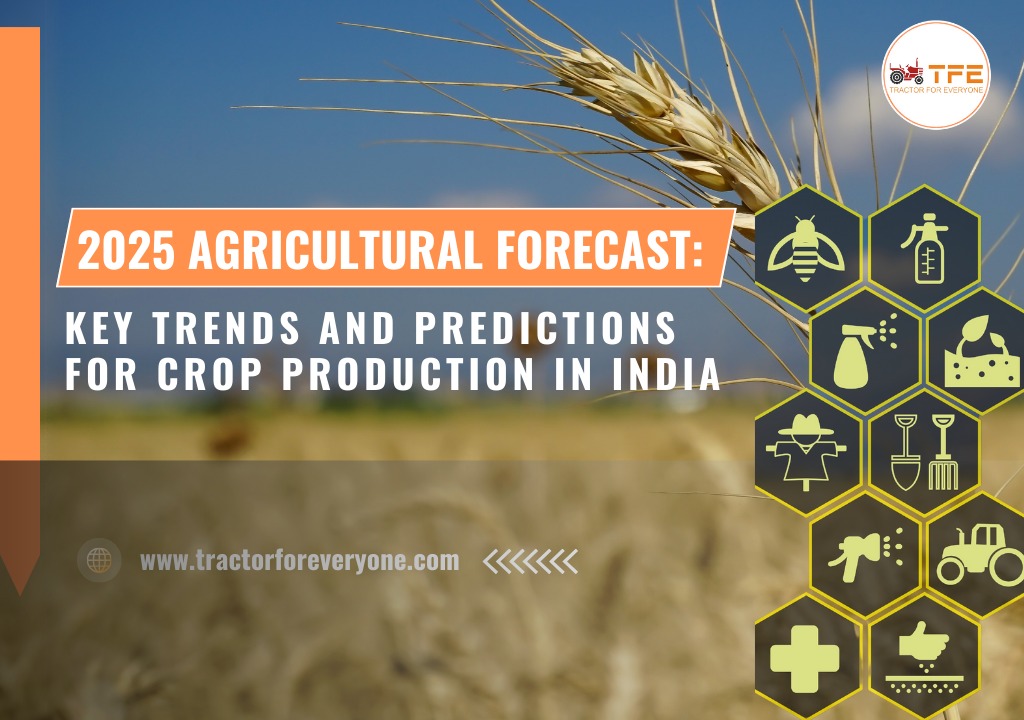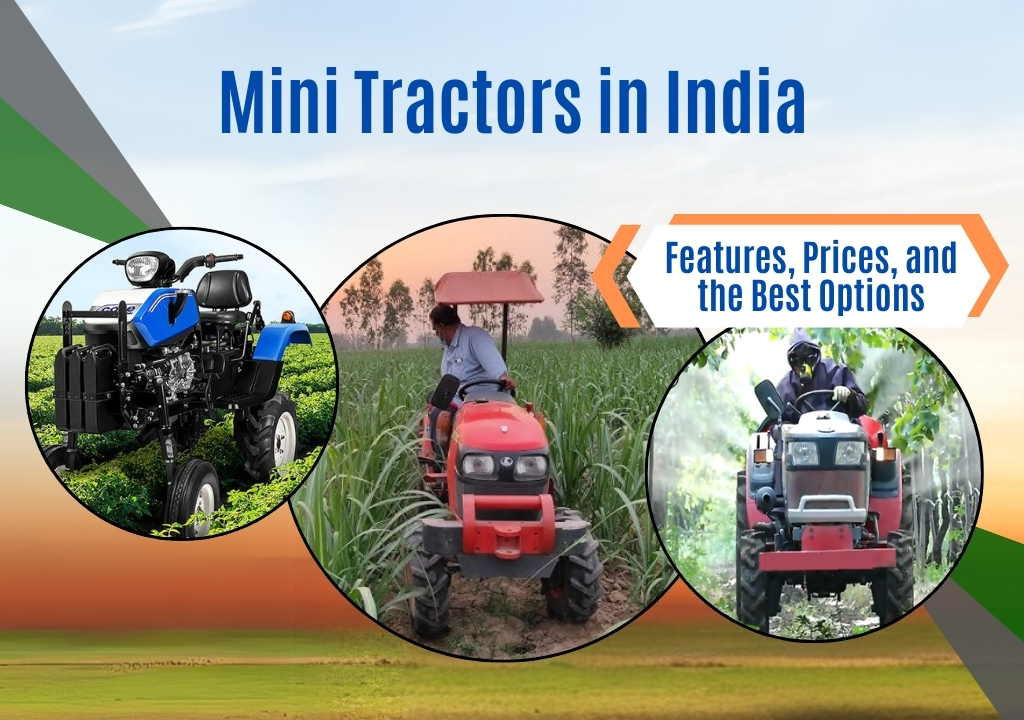Best Used Car, Services, Auto Parts, Rent Car Available for Buy and Sell Near By Go Ahead
- Emerging Trends in Farm Equipment for 2025
- 2025 Agricultural Forecast: Key Trends and Predictions for Crop Production in India
- Best Tractors in India 2025: Top 10 Picks for Every Farm Size
- Mini Tractors in India - Features, Prices, and the Best Options
- महिंद्रा मिनी ट्रैक्टर - कीमत, मॉडल, और सुविधाएँ
- Key Stakeholders of the Used Tractor Market in India and Sources of Used Tractors
- Exploring Top 10 Tractor Brands for Farming in India
- Top 10 Farm Equipment and Tools in India to Boost Agricultural Efficiency
- Understanding Tractor CC: Explaining the Concept and Significance
- New Holland 3630 TX Super Plus+ Tractor Review 2025: Features, Price and Performance

Ley Farming in India: A Sustainable Practice for Healthier Farms
In the face of modern agricultural challenges, sustainable farming practices are gaining traction across India. One such method is Ley Farming, a system that blends the benefits of crop farming and livestock grazing to improve soil health and overall farm productivity.
This blog dives into what ley farming is, how it works, and why it could be the key to revitalizing your farm's ecosystem.
What Is Ley Farming?
Ley farming is an agricultural practice where a field alternates between growing crops and being left as a pasture (ley) for grazing livestock. The pasture phase includes grasses, legumes, or fodder plants that are grown specifically to enrich the soil and provide feed for livestock.
This cycle, typically lasting a few years for each phase, creates a balanced system that promotes soil fertility, reduces pests and diseases, and increases farm sustainability.
How Ley Farming Works
The Ley Phase
- Grasses and legumes like clover, alfalfa, or lucerne are sown as pasture.
- Livestock graze on these pastures, which reduces the need for external feed and naturally fertil izes the soil through manure.
- The roots of these plants improve soil structure, prevent erosion, and fix nitrogen, enriching the land for future crops.
The Crop Phase
- After the pasture phase, the field is ploughed, and crops such as wheat, rice, or vegetables are planted.
- The improved soil structure and fertility from the ley phase support better yields with fewer chemical inputs.
Rotation
- The field alternates between the ley and crop phases in a planned rotation cycle, typically every 2-4 years.
Benefits of Ley Farming
Improved Soil Fertility
- Legumes in the ley phase fix atmospheric nitrogen, reducing the need for chemical fertilizers.
- Organic matter from plant residues and livestock manure enhances soil health.
Enhanced Productivity
- Crops following the ley phase often yield more due to nutrient-rich soil.
- Livestock also benefits from nutrient-dense pastures.
Pest and Disease Control
- Rotating crops with pastures disrupt pest and disease cycles, reducing infestations naturally.
Erosion Prevention
- Grass cover in the ley phase protects the soil from erosion caused by wind or rain.
Cost Savings
- Reduces dependency on chemical fertilizers and pesticides.
- Provides on-farm feed for livestock, cutting external feed costs.
Ley Farming in India: Key Considerations
- Choose crops and grasses suited to your region’s climate and soil type. For example, lucerne and berseem clover thrive in many parts of India.
- Ensure your farm has sufficient livestock to utilize the pasture and contribute manure. Cows, goats, and sheep are common options.
- Pastures may require irrigation during dry spells to maintain grass quality.
- Regularly monitor soil health and make adjustments as needed.
- Divide your farm into sections for efficient rotation between ley and crop phases.
Challenges of Ley Farming
While ley farming offers numerous benefits, there are some challenges to keep in mind:
- Initial setup costs for pasture seeds and livestock.
- Requires careful planning and field management.
- May not suit farms without access to livestock.
Why Should Indian Farmers Adopt Ley Farming?
India’s agricultural landscape is marked by declining soil fertility, overuse of chemical inputs, and climate variability.
- Ley farming offers a natural solution to these challenges.
- For farmers with limited resources, ley farming can reduce costs while improving yields.
- Aligns with India’s growing focus on eco-friendly and organic farming practices.
- By improving soil health and moisture retention, ley farming helps farms withstand droughts and erratic weather.
Steps to Get Started with Ley Farming
- Evaluate soil type, livestock availability, and irrigation facilities.
- Start with one field and plan a 2-4 year rotation between pasture and crops.
- Choose grasses and legumes that thrive in your region.
- Educate farmworkers on managing pastures and integrating livestock.
- Regularly assess soil fertility, crop yields, and livestock health to refine your approach.
Conclusion
Ley farming is more than just a farming technique—it’s a holistic approach to sustainable agriculture. By restoring soil fertility, enhancing productivity, and reducing costs, it can help Indian farmers create resilient and profitable farming systems.
Whether you’re a smallholder farmer or managing a larger operation, ley farming offers a path to sustainable growth while nurturing the environment. It’s time to embrace this ancient yet innovative practice and transform your farm’s future.
Write a Comment
Popular Blogs
-

Emerging Trends in Farm Equipment for 2025
12/12/2024, POSTED BY ADMIN -

2025 Agricultural Forecast: Key Trends and Predictions for Crop Production in India
12/11/2024, POSTED BY ADMIN -

Best Tractors in India 2025: Top 10 Picks for Every Farm Size
05/29/2025, POSTED BY ADMIN -

Mini Tractors in India - Features, Prices, and the Best Options
02/06/2025, POSTED BY ADMIN -

महिंद्रा मिनी ट्रैक्टर - कीमत, मॉडल, और सुविधाएँ
02/18/2025, POSTED BY ADMIN

